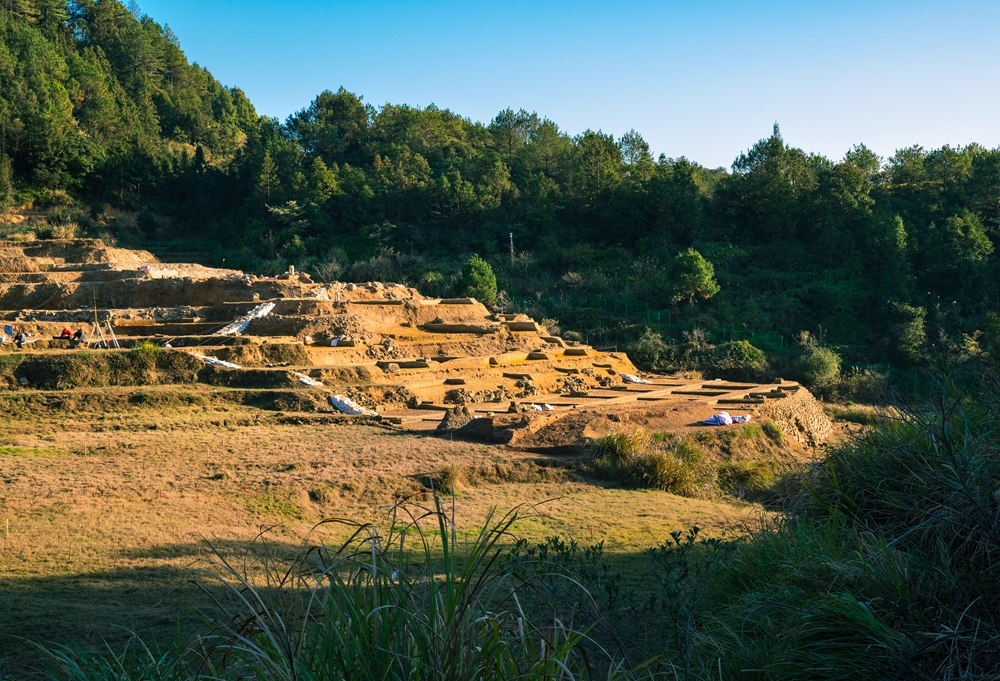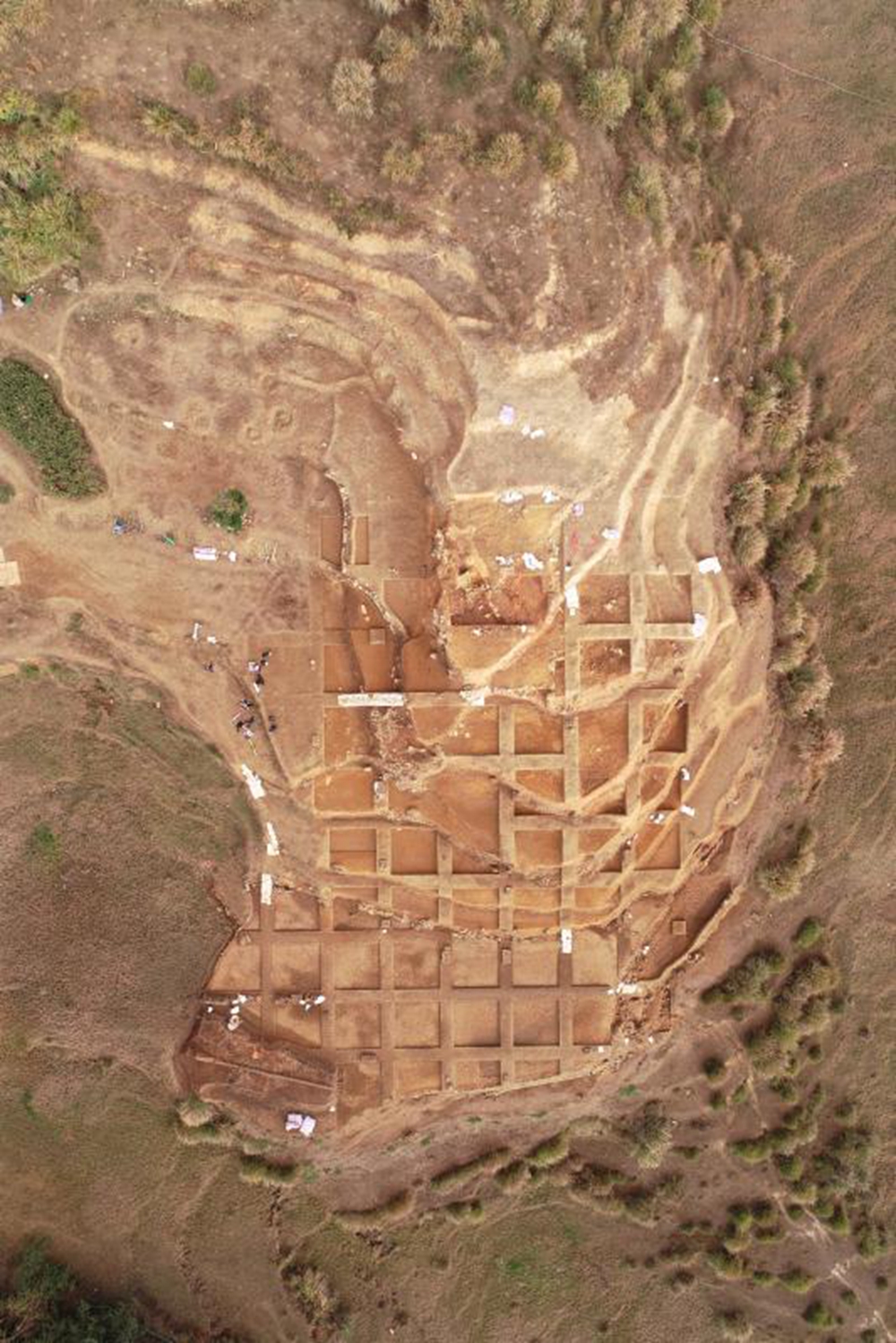Xiacaopu Iron Production Site of Qingyang Village in Anxi
2021-07-19 16:11:12


The Xiaocaopu Iron Production Site of Qingyang Village in Anxi bears an invaluable testimony to the iron production industry in Quanzhou during the Song and Yuan dynasties. Together with Quanzhou’s porcelain production bases, it shows the formidable capacity of basic industries and strong export trade capacity in Quanzhou during the Song and Yuan periods. It is situated in the Daiyun Mountain region about 70 kilometers northwest of Quanzhou. Qingyang Village in Anxi was one of the dedicated iron plants set up by the government in the Song Dynasty, and was a major source of iron ore in inland Quanzhou. Its iron smelting industry flourished in the 11th century, according to historical accounts. The Xiaocaopu Iron Production Site of Qingyang Village is located on the hillside in the south of Qingyang Village, covering an area of over 10,000 square meters. It includes a smelting site, a group of ancient mining pits across the mine, the site of the ancestral house of the Yu family of iron smelters, a segment of an ancient trail, and the hills that provide fuel wood for smelting. Preliminary analysis based on archaeological investigations, excavations and tests indicates that the method employed at Xiacaopu was bloomery smelting with small blast furnaces using charcoal as the main fuel. The product of this process was sponge iron, which would be calcined into iron ingots, sheet iron and other products before being processed into or shipped to another location for casting and molding into ironware. The 10-plus charcoal samples collected from the site have been dated by carbon-14 tests to around the 10th and 11th centuries. This, along with the age attributes of the unearthed coins and potsherds, confirms that the site was a bloomery location during the Song Dynasty. The Xiaocaopu Iron Production Site of Qingyang Village in Anxi was included into the ninth group of cultural heritage sites protected at the provincial level by Fujian Provincial People's Government in January, 2020.